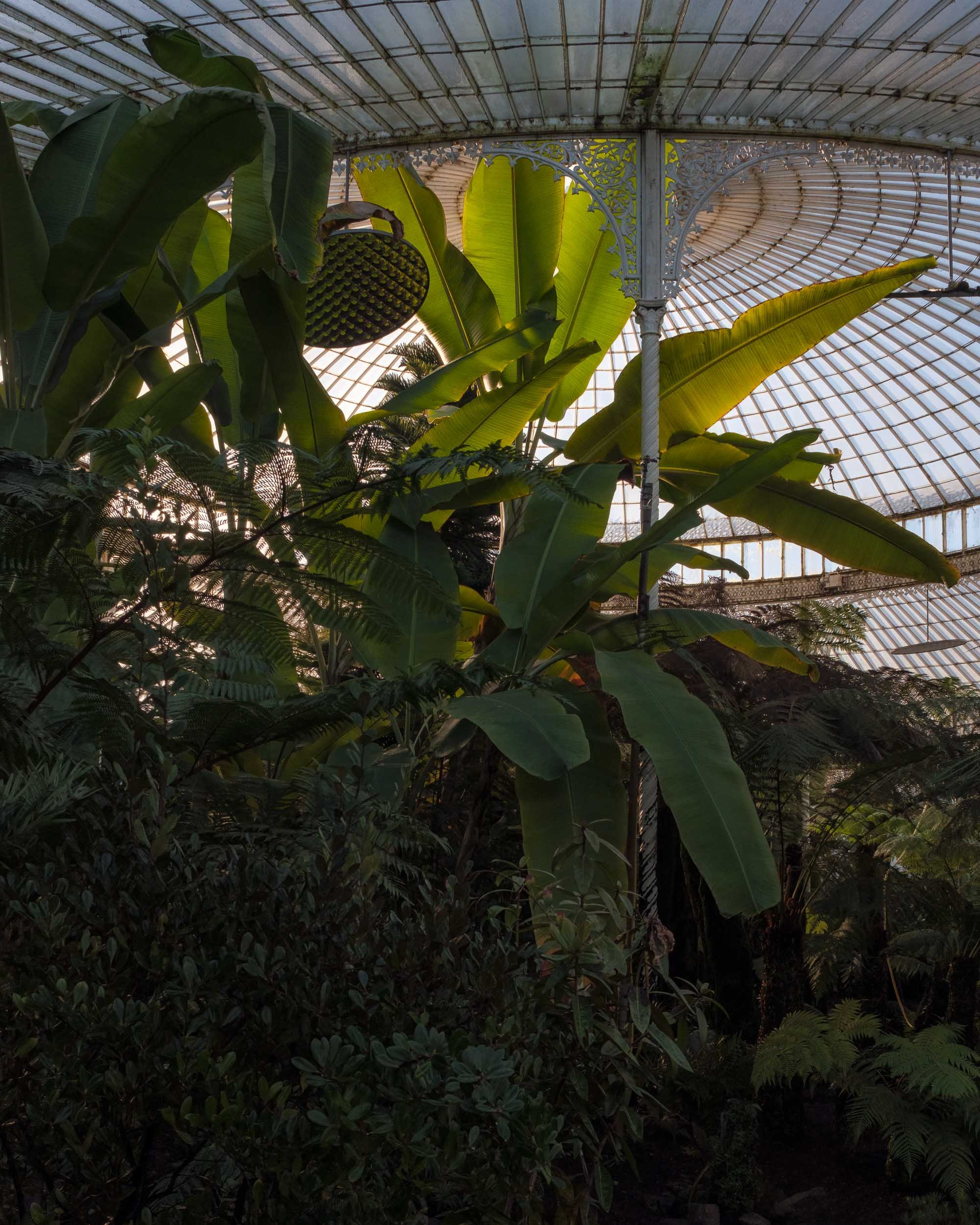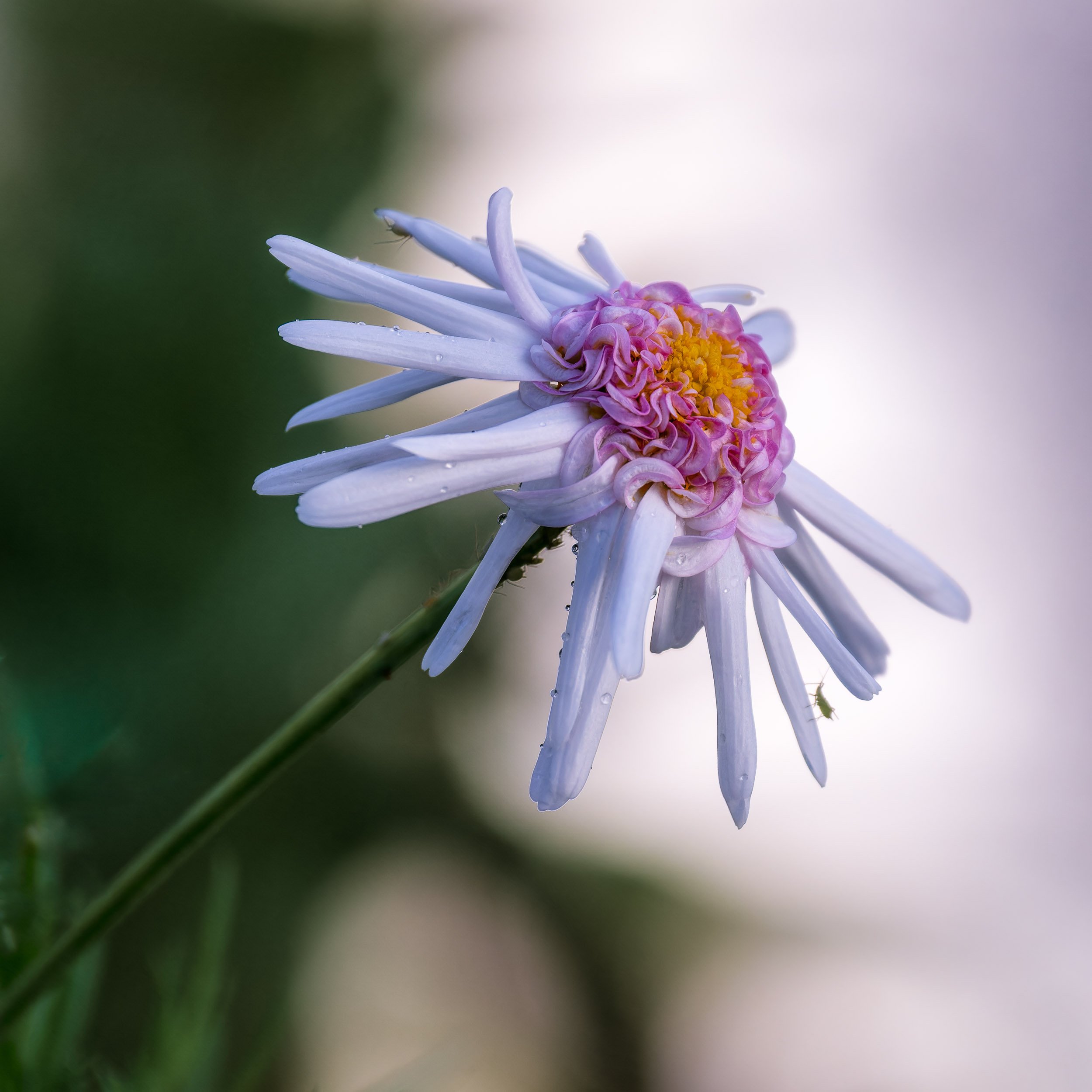Glasgow Botanic Garden - An Oasis of Tranquility
Ahead of our move south we had more than a few errands to run. One of these took us into the West End of Glasgow and, as respite from the chaos, we spent an hour at the Botanic Gardens. I can’t claim to be a frequent visitor, but over the years it has become one of those places that we have returned to more than once and it’s been good to know that it’s there.
Kibble Palace
Fujifilm X-T5 | 130mm f/8.0 1/500s ISO400
Those unfamiliar with Glasgow may be surprised to hear it referred to as the ‘Dear Green Place’ - it seems to run counter to Glasgow’s image of a working class, industrial city. (The reference is, I’m reliably informed, a literal translation of the Gaelic name for Glasgow, Glaschu). Those more familiar with the city will recognise it immediately; spaces such as Glasgow Green, Pollok Park, Queens Park, Bellahouston and Kelvingrove may all immediately spring to mind. In fact, Glasgow is blessed with a good number of free, public green spaces. Nestling in the West End, at the top end of Byres Road, stands Glasgow Botanic Gardens. In my opinion at least, it’s the jewel in Glasgow’s green crown.
The marquee feature of the gardens is, of course, the Kibble Palace but the gardens themselves predated the structure. The botanic garden was established in the early 1800s and moved to it’s current sight in 1842. The palace followed about 30 years later. It was originally designed for John Kibble at his home on Loch Long but was donated to the gardens and brought by barge up the River Clyde to its current location. Sitting beside it is the larger glasshouse housing the tropical section.
While there’s an element of caution about Victorian era philanthropy (with some cause in a number of cases), there’s no doubting the pleasure that the current gardens and collections have brought to many over the years.
Eve and Eden
Fujifilm X-T5 | 16mm f/8.0 1/25s ISO125
As you enter the Kibble Palace, directly ahead at the end of the entrance to the main dome is the statue of Eve. Framed against the verdant ferns she looks further into the building, as if regarding her own Eden. She’s the first of a series of statues on a biblical theme circling the main dome. The bulk of the space is given over to a collection of tree ferns, some of which are said to be over 120 years old.
The whole point of the glasshouse collections, however, is the flora, both large and small. For my money, from a photographic perspective the best time to visit is in on a cold, bright winter’s morning. The already warm light is diffused by the glass of the buildings and, in that light, the plants seem to glow.
The gardens are also just a lovely space to pass some time. Entry (for now, at least) is free and there does seem to be a genuine appreciation amongst the local residents that this is quite a special place. Whenever we’ve visited the peace and tranquility seem to be respected by all. If you find yourself with an hour to kill around Byres Road it’s highly recommended.













